Related Articles
In today’s fast-paced business landscape, productivity hinges on streamlined workflows and intuitive interfaces. While Salesforce offers robust activity tracking capabilities, sometimes the standard components fall short of specific organizational needs. That’s where a Custom Activity Component comes in—designed to tailor your activity management experience, boost user efficiency, and provide deeper insights into customer interactions. In […]
Read MoreIn today’s fast-paced digital landscape, streamlining document workflows is no longer a luxury—it’s a necessity. Integrating a document generation app, like Docs Made Easy, with an eSigning tool, helps businesses automate the entire document lifecycle—from creation to signature—saving time, reducing errors, and boosting productivity. In this guide, we’ll walk you through the key steps, tools, […]
Read MoreThe Models API plays a significant role in providing access to and facilitating interaction with large language models (LLMs) from various Salesforce partners such as Anthropic, Google, and OpenAI. It enables applications to leverage these models for various tasks, including text generation and other AI-powered capabilities. As a user, you can configure any Salesforce-enabled model […]
Read MoreCompanies can finally connect Amazon Redshift to Salesforce Data Cloud without using the ordinary username & password authentication systems ever since its collaboration with AWS has happened. Business owners no longer have to be concerned about managing static credentials or breaching data security. By leveraging Salesforce IDP, companies can easily access their data lakehouse in […]
Read MoreA prompt template is a pre-designed structure in Salesforce, specially designed to create personalized prompts by filling the substitute with particular details of customers, products, and more. This approach strengthens the creation of prompts and lets teams generate data-driven content. Every time a prompt template is used, it automatically merges the data to create a […]
Read MoreSalesforce allows you to improve communication by effortlessly connecting Opportunity Team Members to Slack channels. This step-by-step blog will show you how to enable Opportunity Teams, configure Slack integrations, and automate the process with Salesforce Flow. Real-time Slack notifications may help you streamline communication, increase productivity, and keep your sales team on the same page. […]
Read More

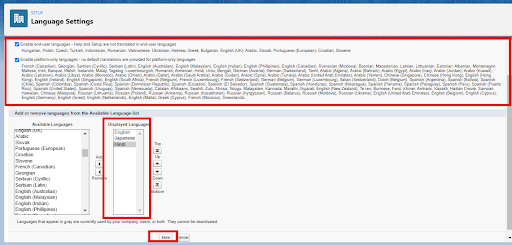

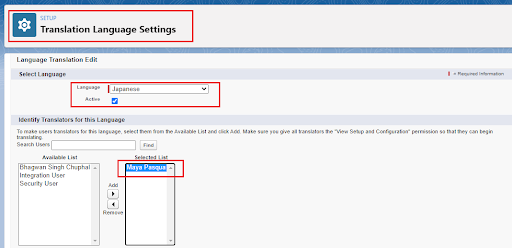
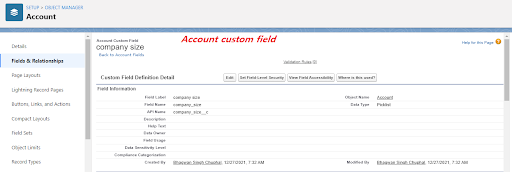
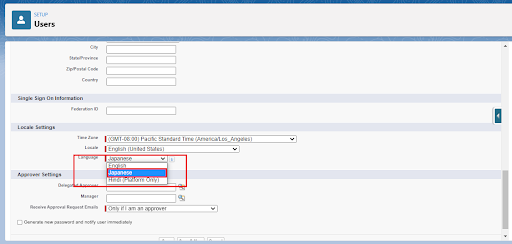

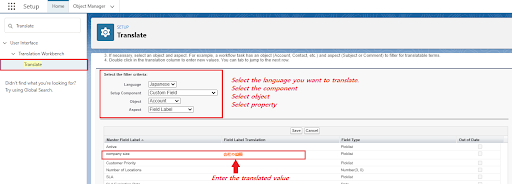

 India
India  USA
USA UK
UK Canada
Canada